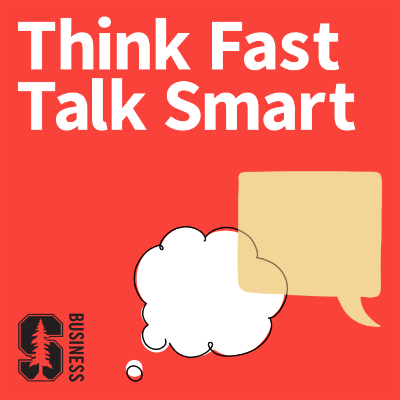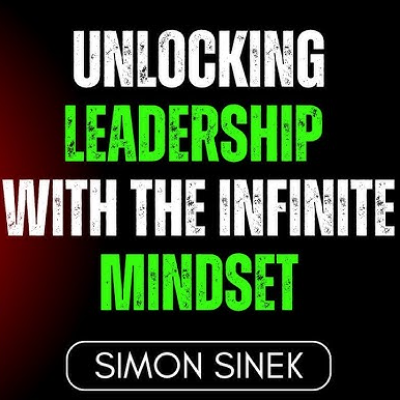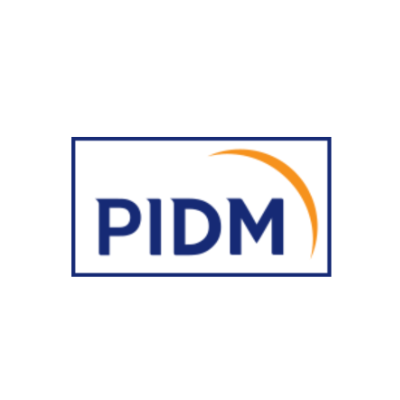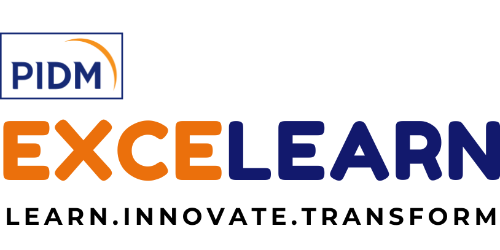
This course focusses on the tension between liquidity and resolution. By definition, once a resolution scheme is adopted, a recapitalised bank that has absorbed losses will be solvent and should have better access to funding. However, liquidity stress is expected at the point of resolution. Given that analysts and creditors will likely require time to re-assess the financial position of the resolved bank, the return to market funding will be a slightly longer process. Resolution authorities have a key role to play to restore market confidence and access to private market funding in case of resolution. Enhancing banks capabilities to restore liquidity at the point of resolution represents a crucial task in resolution planning activities. In some cases, a temporary public funding may be necessary when an immediate return to the market is not fully possible.

This programme provides a strategic overview of the essential and constitutive steps of the resolution planning process and offer a solid understanding of new fundamental notions such as the ‘preferred resolution strategy’, ‘critical functions’, ‘resolution tools’ and the ‘resolvability assessment’.

This video features insights from Think Fast, Talk Smart, a podcast hosted by Stanford’s Matt Abrahams. Each episode dives into research-based tools and techniques to help professionals become more effective communicators. In this talk, you'll get a preview of the many topics explored in the series—from managing speaking anxiety to improving clarity and confidence. Whether you're presenting in a meeting or having everyday conversations, you'll gain practical strategies to communicate more effectively in both your professional and personal life.

Ready to transform your negotiation skills from good to exceptional? Join Harvard Business School's Deepak Malhotra in this eye-opening course, where he unveils 22 meticulously crafted "tweaks" that will revolutionize your approach to any negotiation. Forget relying on gut instinct. Learn why a strategic pre-negotiation meeting is crucial, and how to cultivate a culture where brilliant arguments are valued above all else. Discover the power of framing the first offer, and why telling the story behind it is just as important as the offer itself. Navigate complex negotiations with ease by learning to negotiate multiple issues simultaneously, and master the art of presenting multiple offers to create a win-win scenario. Understand the importance of respecting your counterpart's constraints, and learn how to help them "declare victory" while still achieving your goals. This isn't just theory; it's practical, actionable advice that you can implement immediately. Whether you're closing a high-stakes business deal, navigating a salary negotiation, or simply seeking to improve your daily interactions, these 22 tweaks will give you the edge you need. Don't let another opportunity slip away. Unlock the secrets to successful negotiation and become a master influencer.

Dive into Simon's conversation on infinite-minded leadership. Discover how to maintain motivation, transform work culture, and prioritize your people. Simon shares advice on vulnerability, loyalty, and overcoming common leadership challenges.

TACDYour Learning Partner
We're saving this space just for you!
The platform is new, and we can’t wait to hear what you think. Whether it’s a course that helped you see things differently, a skill you’ve picked up, or just how easy it was to learn something new—your story matters. Drop us a testimonial and let others know how PIDM EXCELEARN is helping you grow. Your experience could be the spark that inspires someone else to start their learning journey too!.Provide your comments via the Get in Touch section below.

TACD is your dedicated learning partner, offering tailored online learning resources to help you excel in your personal and professional growth. Our curated content is designed to meet your individual learning needs and align with PIDM's goals, ensuring you have the right skills and knowledge to succeed. Explore our courses and take the next step in your development journey today!
Please watch out this space for more updates and reach out to us, should you have any feedback.Thank you.
